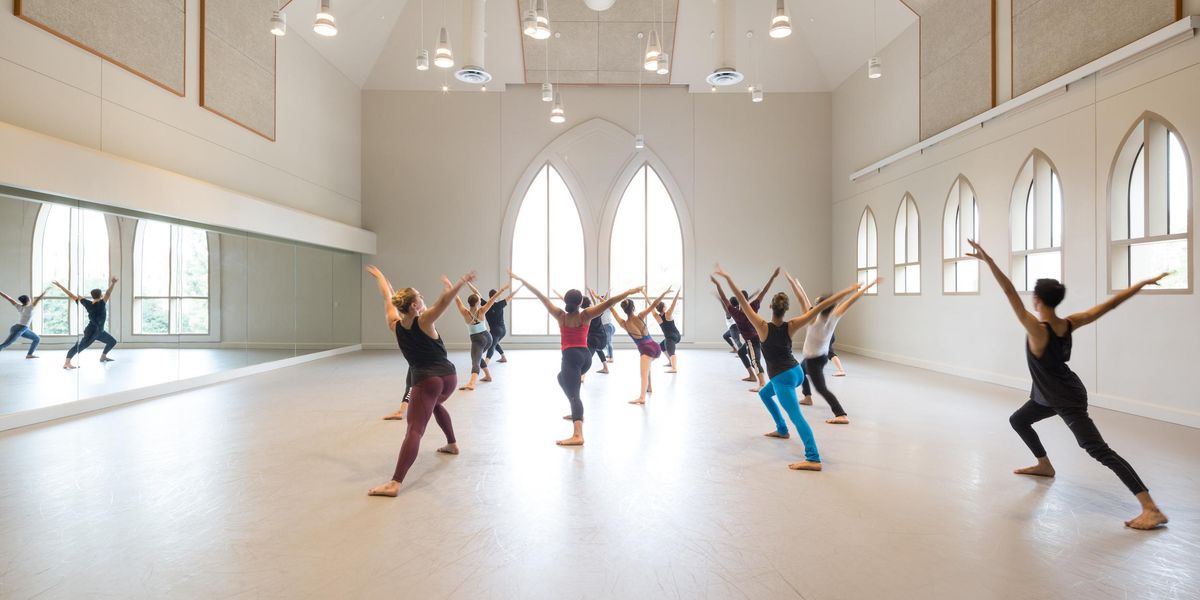Advice for Dancers: Trouble in the Studio
I thought I’d be ecstatic about being cast for my first solo, but I’m an emotional wreck! The ballet mistress acts like my dancing is a huge bore during rehearsals. Instead of helping me make it better, she picks at everything I do and rolls her eyes. Is there any way for me to salvage this?
—Desperate Star, New York, NY
Yes, if you consider all of your options. Most ballet mistresses who rehearse the corps are overextended. In addition to overseeing large groups of dancers, they often cover newbies like you who’ve landed a good role. Don’t take her attitude personally. For all you know, she’s having a tough time managing her considerable responsibilities. Since this is your first solo, it’s especially important to be open to notes and ask for further clarification, when necessary, during rehearsal. Use her feedback to identify areas that need improvement. You can also seek out additional guidance in a safe, supportive environment away from the company from a coach who works in the same style of dance. An excellent mentor can transform a lackluster performance into something magical, so ask your colleagues for suggestions. Another wonderful resource is the En Avant Foundation, whose mission is to provide ballet dancers access to eminent coaches during yearly events (enavantfoundation.com). But dancers in any genre can find former performers to help with the phrasing, musicality and those extra nuances that contribute to star quality.
Why do artistic directors focus so much on heavy versus skinny dancers? I’ve been pressured by my director to lose weight since I was 19 years old, and it led to dieting, starving and an eating disorder. I’m now healthy with medical help, but I resent the unfair focus on dancers who aren’t rail-thin.
—Emily, Philadelphia, PA
What you’re describing is both wrong and dangerous. The idea that drastically lowering calories leads to weight loss is a myth. It only slows down your metabolism and makes you more prone to bingeing. Those who think they master the starvation game and become anorexic through dieting do so at the risk of damaging every organ in their body, including their heart. Fortunately, more members of the dance community now understand that they should focus on healthy eating to prevent disorders. Organizations like Safe in Dance International have also made inroads into the well-being of dancers by providing certificate programs geared toward healthy dance training and performing (safeindance.com). Teachers, artistic directors, choreographers and managers can all benefit from knowing the latest advances in dance medicine. Pressuring dancers to go on extreme diets should never be part of the practice. While this mistreatment still regrettably occurs at some companies today, more groups are including dancers with varied body types. If you feel that your director is using unsafe weight management practices, speak to your union representative, if you have one, or consider joining another company with a healthier approach.
I’ve been in physical therapy for the last three months for tendonitis in my hip, but it still hurts when I turn out my legs in class. I warm up beforehand, ice afterwards and take Advil. Does it always take this long to recover?
—Rob, Malibu, CA
What does your orthopedist say? In general, you should be checking in with your doctor while you’re in PT. Although some injuries, such as stress fractures, take longer to heal, most begin to show improvement within the first two weeks. In your case, chronic tendonitis may be prolonged by popping anti-inflammatory medications, as these have been shown to slow down the healing process. And ice is only needed when you first get injured to stop the internal bleeding—not as a form of long-term treatment (unless it’s part of your physical therapy program). Of course, it’s equally possible that certain dance steps that require external rotation (aka turnout) are irritating your injury. Because of this, you may need to back off. The last possibility, and the most serious, is that you’ve been misdiagnosed. For example, a torn labrum, or meniscus, may appear to be tendonitis until your doctor orders an MRI with a special coil that can reveal this problem. The bottom line: Injured dancers in PT need to contact their orthopedist about every two weeks until they get the green light that things are moving in the right direction. Please make an appointment with your doctor ASAP.
Send your questions to:
Dr. Linda Hamilton
2000 Broadway, PH2C, New York, NY 10023
e-mail: [email protected]
Former New York City Ballet dancer Linda Hamilton, Ph.D., is a psychologist in private practice, the author of Advice for Dancers (Jossey-Bass) and co-author of The Dancer’s Way: The New York City Ballet Guide to Mind, Body, and Nutrition (St. Martin’s Griffin). Her website is drlindahamilton.com.




